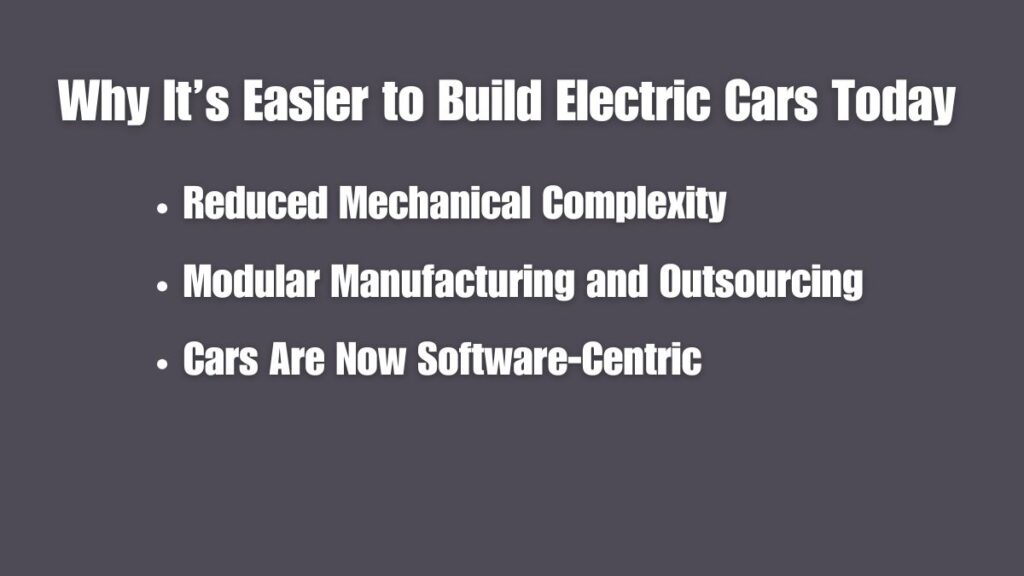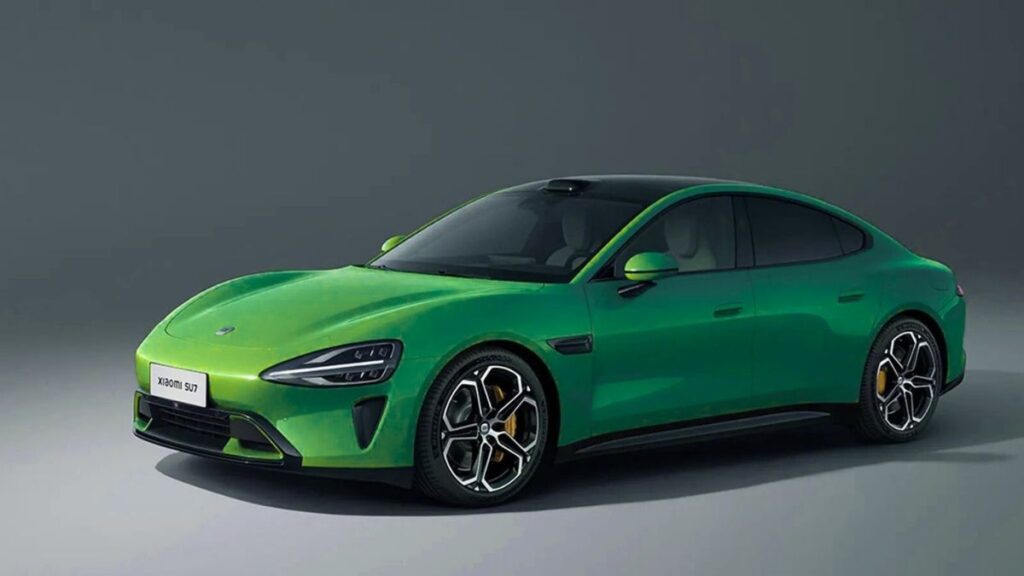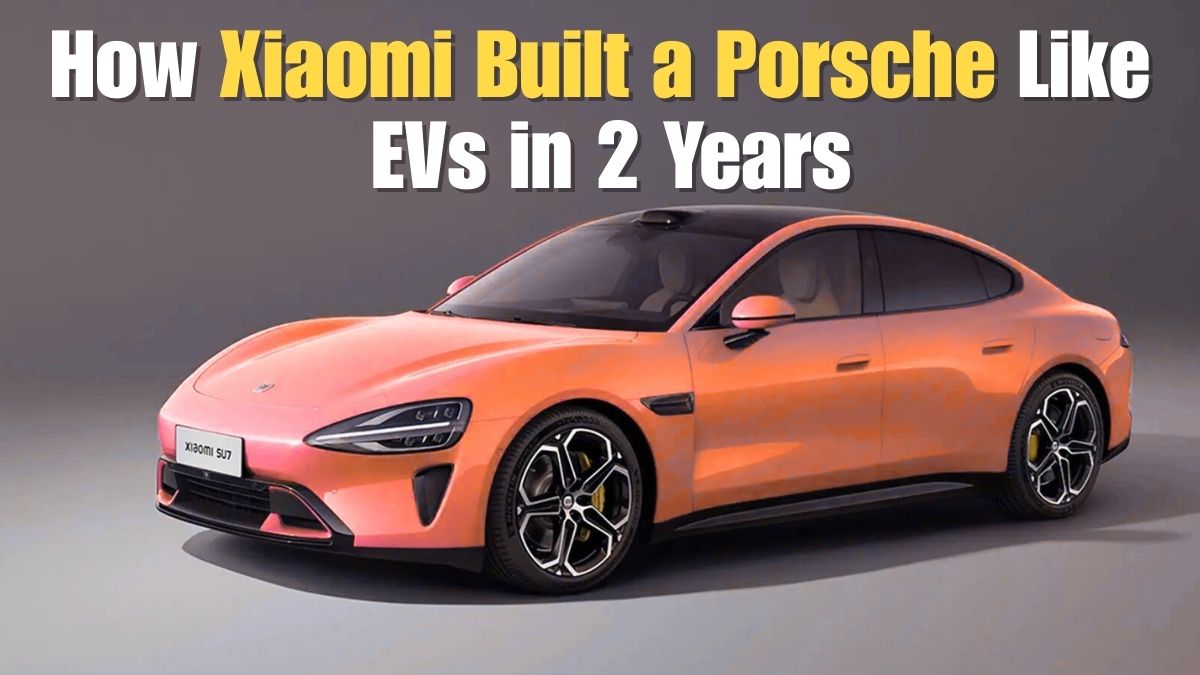Can you believe that a car that looks like a Porsche is actually made by Xiaomi yes, the same tech giant known for smartphones, TVs, e-scooters, and almost every gadget under the sun? It may sound surprising, but Xiaomi has managed to build a fully functional, sleek-looking electric vehicle (EV) in just two years. Let’s break it down and find out How Xiaomi Built a Porsche Like New Electric Car in 2 Years.
But how is that even possible? How can a company with no prior experience in automobile manufacturing create an electric car from scratch? Is it really that easy now? And more importantly — have cars evolved into just another tech product?
Table of Contents
Why It’s Easier to Build Electric Cars Today

There are three major reasons why we’re witnessing a sudden boom in EV production not just by automakers, but by tech companies too:
1. Reduced Mechanical Complexity
Electric cars are fundamentally simpler than traditional gasoline-powered vehicles. Let’s compare:
A traditional gasoline car includes:
- An internal combustion engine
- A fuel tank and injection system
- Exhaust systems
- A complex transmission
- Dozens of moving parts that require constant maintenance
Each of these parts can be a potential point of failure and needs precise engineering.
In contrast, an electric car needs:
- A battery pack
- A charging port
- An electric motor and motor drive
- A simple transmission system
- A few auxiliary electronics (converter, small battery, etc.)
That’s it. No exhaust, no fuel system, and far fewer components to maintain. This reduction in complexity makes EVs not only easier to manufacture but also more reliable in the long run.
2. Modular Manufacturing and Outsourcing
Most EV manufacturers today don’t build all their parts in-house they outsource major components and assemble them like modular tech gadgets.
- Companies like Bosch, Nidec, and Siemens supply electric motors
- Samsung, CATL, and LG Chem provide battery packs
- Car companies focus on design, branding, and software integration
Even top automakers like Ford, Rivian, Nio, and Lucid rely on third-party components. Only Tesla designs its own motors and batteries and that took years of R&D.
This plug-and-play model allows new players like Xiaomi to build and launch EVs faster and cheaper, often under $30,000(Approx. Rs.25Lakh)
3. Cars Are Now Software-Centric
Modern electric vehicles are smart devices on wheels. The software manages everything from:
- Battery optimization
- Driving range prediction
- Self-driving capabilities
- 360-degree cameras and parking assist
- Safety alerts and infotainment systems
What’s even more futuristic? These cars receive over-the-air (OTA) updates just like your smartphone. This means your EV can:
- Improve its range
- Gain new features
- Enhance performance and safety
- Add entertainment options
Tesla pioneered this trend, but now it’s an industry-wide standard. And while OTA updates can sometimes limit user control, they make continuous improvement a reality something unheard of with traditional gas-powered vehicles.
Designing EVs Is Easier and More Creative

Electric cars not only simplify engineering but also open new possibilities for design.
Here’s why:
- Flat floors (no bulky transmission hump) = more cabin space
- No engine upfront = extra frunk (front trunk) for storage
- Minimal buttons and sleek touchscreens create a futuristic feel
- Easier packaging = more freedom for interior designers
As a product designer, this shift is exciting. It means more focus on user experience, aesthetics, and personalization, instead of being constrained by traditional mechanical layouts.
Connectivity: The Final Nail in the “Traditional Car” Coffin
EVs today are more connected than ever:
- Unlock and start your car with an app
- Summon your car like a robot valet
- Sync it with your digital life — music, maps, charging stations
- Update it like any smart device
Features like Tesla’s “Bioweapon Defense Mode” or the Model X’s “Victory Dance” may be gimmicks but they sell. People love techy, quirky features, and they’re often the differentiators when choosing a new EV.
How Xiaomi Built a Porsche Like New Electric Car

Xiaomi didn’t have to reinvent the wheel (pun intended). Here’s what they did:
- Hired top car designers
- Bought motors and batteries off-the-shelf
- Used China’s mature supply chain for components
- Focused on sleek design and intuitive UX
- Leveraged their tech expertise to build smart features
And that’s How Xiaomi Built a Porsche Like New Electric Car in just two Years
So, Are Cars Now Tech Products?
Absolutely. EVs are no longer just vehicles; they’re rolling computers. The automotive industry is merging with consumer electronics, and companies like Xiaomi are proof.
From the way they’re built to the way we interact with them, cars are evolving into high-tech gadgets constantly updating, always connected, and centered around user experience.

